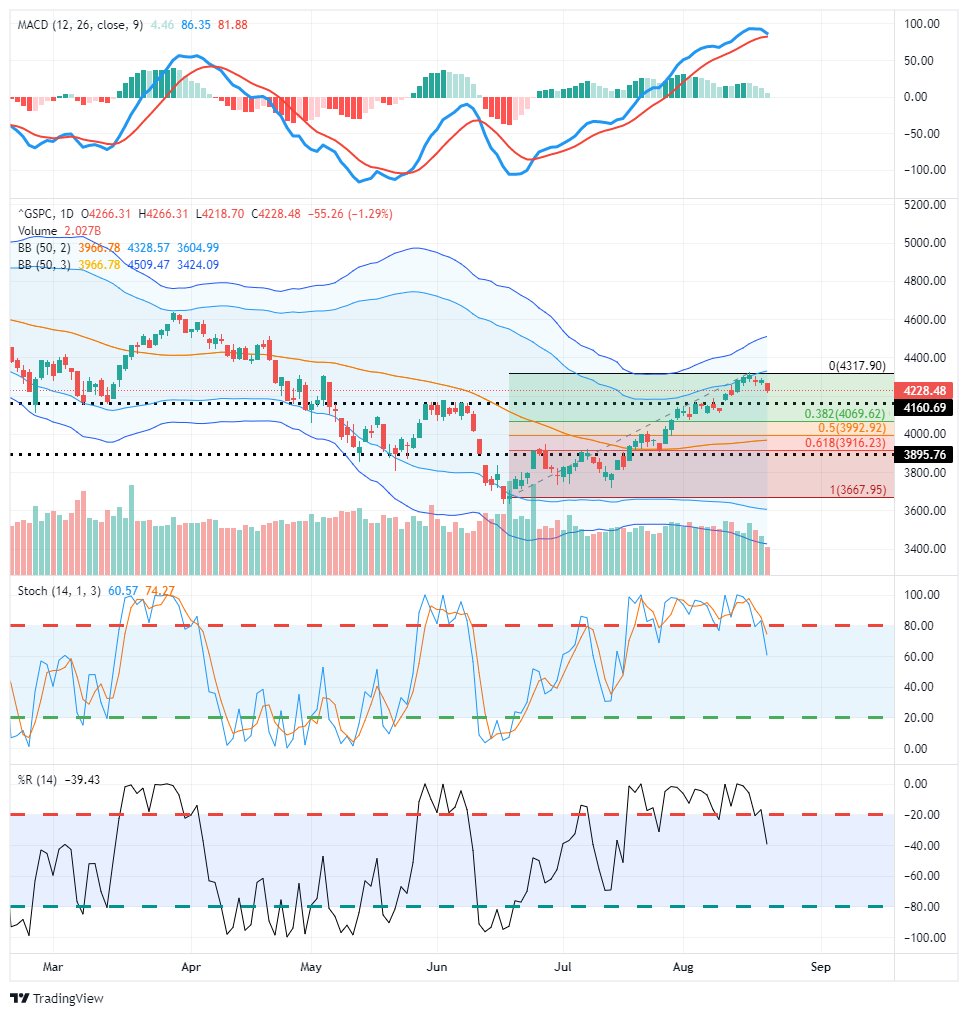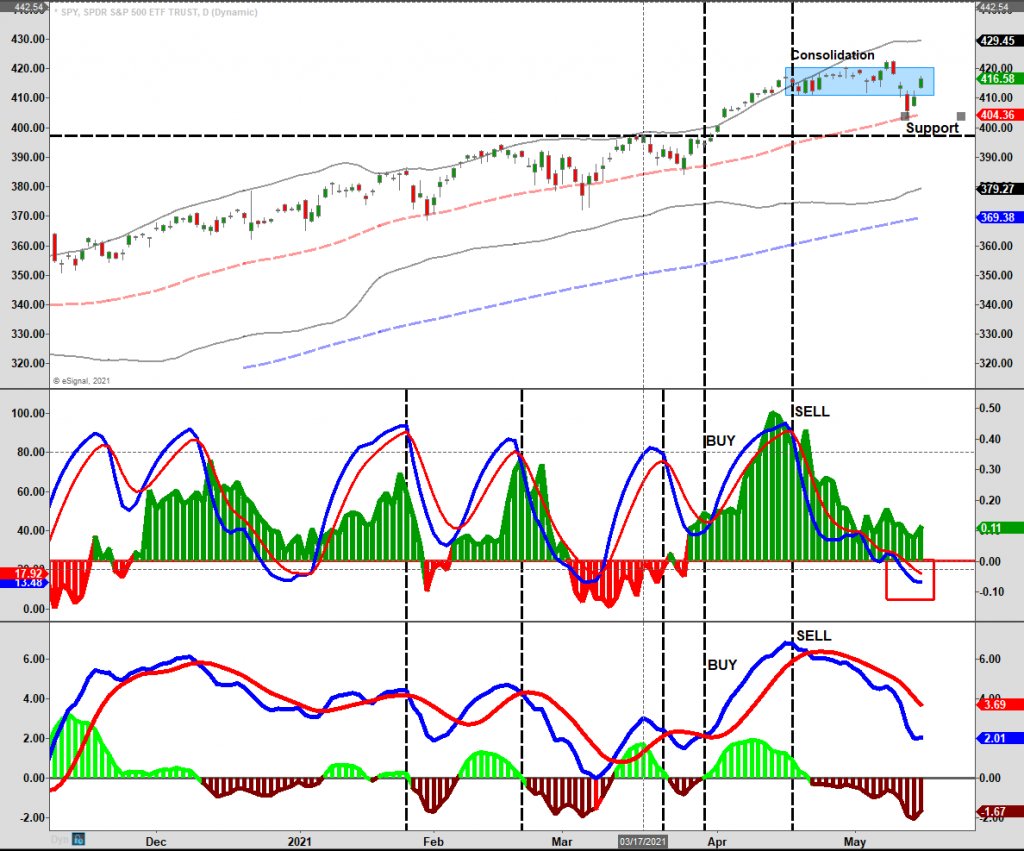
The #BullBearReport is out.
The #market started with a strong #rally, then #stumbled into week's end. With #oversold conditions still intact and CPI next week, the #bulls have a shot at a rally if #inflation shows some signs of cooling.
realinvestmentadvice.com/market-rally-s…
The #market started with a strong #rally, then #stumbled into week's end. With #oversold conditions still intact and CPI next week, the #bulls have a shot at a rally if #inflation shows some signs of cooling.
realinvestmentadvice.com/market-rally-s…
Moving forward, YoY comparisons become more challenging at 0.9%, 0.7%, 0.6%, 0.6%, 0.8%, and 1.2% through March 2023. In August, #inflation will drop to 7.9% from 9% in June. Assuming an avg. 0.2% MoM increase, CPI hits the Fed’s 2% target in June 2023.
realinvestmentadvice.com/market-rally-s…
realinvestmentadvice.com/market-rally-s…

Despite Friday's rout, the #market did finish the week in positive territory. The deeply oversold indicators turned up and are close to triggering “buy signals.” The market is trading 2-standard deviations below the 50- WEEK moving average.
realinvestmentadvice.com/market-rally-s…
realinvestmentadvice.com/market-rally-s…

Investor #sentiment and #position remain extremely negative which has previously been a good setup for a short-term reflexive rally to #sell into.
realinvestmentadvice.com/market-rally-s…

realinvestmentadvice.com/market-rally-s…


Simon White noted that the #Zweig breadth thrust was a positive development and, along with other indicators, typically align with short-term #market bottoms.
realinvestmentadvice.com/market-rally-s…
realinvestmentadvice.com/market-rally-s…

The weekly #technical #composite remains in deeply oversold territory. Will we get a #rally next week following the #CPI report?
realinvestmentadvice.com/market-rally-s…
realinvestmentadvice.com/market-rally-s…

• • •
Missing some Tweet in this thread? You can try to
force a refresh
















